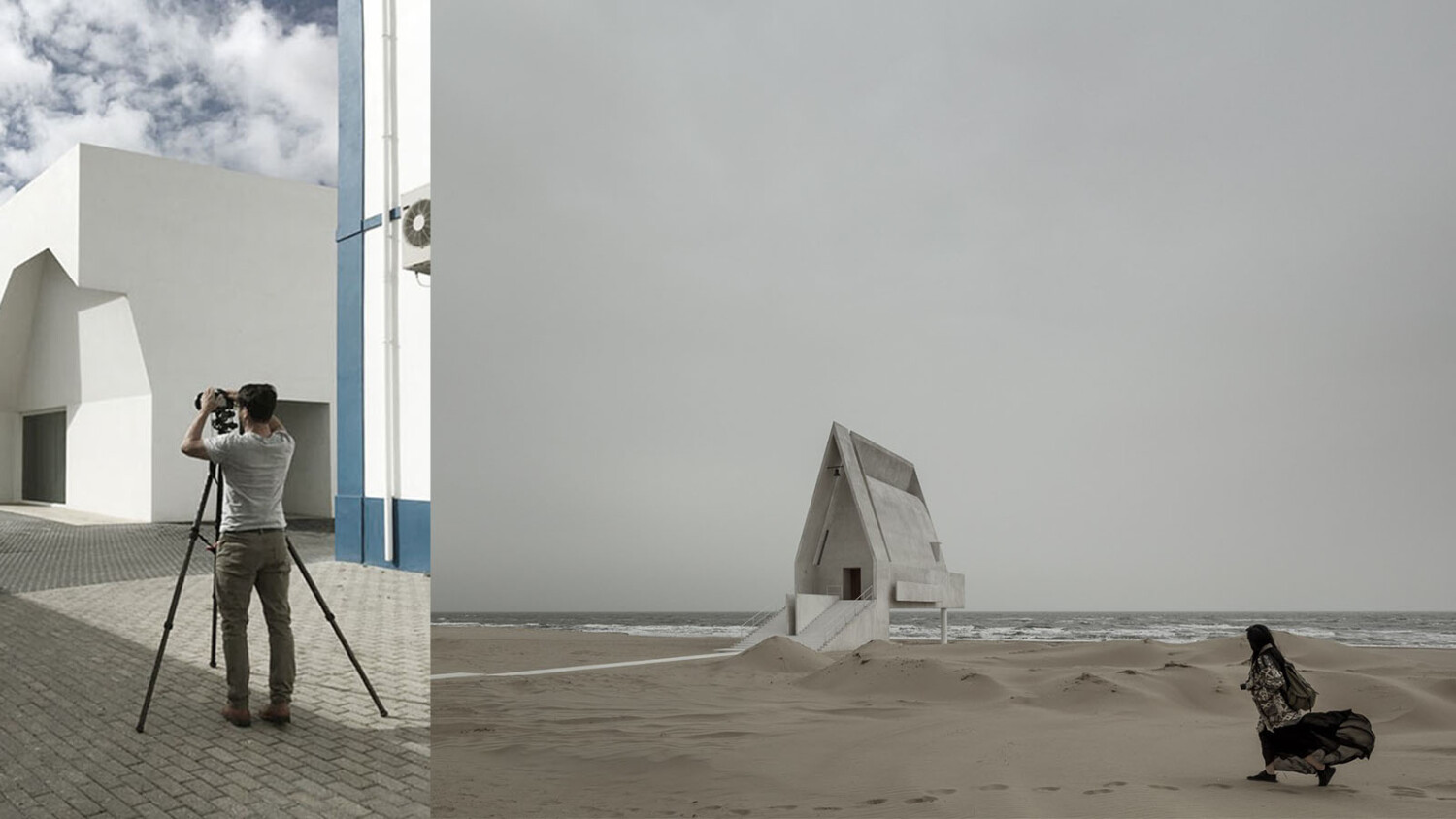Observing Architecture and Environment With James Florio
After captivating our staff and readers, Project of the Week veteran James Florio is back on APALMANAC this week for a full-length interview. The Colorado architectural photographer – who formerly resided in Chile – is truly a voyager of the trade. James’ body of work spans the far-reaching points of the globe from Montana to Shanghai and Patagonia to Portugal. Having worked for editorial clients like National Geographic and plenty of prolific architects, his attention to detail and love of design is evident across his portfolio.
James’ photographs depict architecture in quiet yet powerful scenes. They have a humbling quality about them – and as an observer, you feel as if you should hold your breath and be still, as to not disturb the scene unfolding. His painterly images drip with mood and often include beautiful displays of humanity intertwined with the built spaces. It was a pleasure hearing about his process, as well as his best practices for navigating difficult and remote projects!

Lexi: Hey James, thanks so much for taking a minute to talk to us about your work. First things first, can you tell us how your architectural photography career began?
James: Thank you for giving me this opportunity to share! I was originally much more interested in documentary and journalistic photography. At the time I was living in Santiago de Chile and by chance picked up a few architectural style shoots. I knew immediately it was the best choice — the best fit — for me. I could see all the lines perfectly. I love photography as a whole, but the dimensionality of architecture and spaces in time just made sense to me.

Beautiful! I can definitely see a more journalistic side to your work. In fact, I think of you as more of a storyteller than a run-of-the-mill architectural photographer. Each project I’ve seen from you has included views of how the structure interacts with the landscape, interesting framing, and very purposeful detail shots. You cover it all. Can you walk us through your process of determining how to tell the story of a space?
Thank you, that’s really nice of you to say! This might be a result of my editorial background where it’s much more about telling a story than capturing a space. I also think time is really important and I never rush a shoot. Whenever I can, I try to spend as much time as possible, often going back to a project more than once, or returning to it at a different time of year. It’s essential to be in the space long enough to really feel it. I work to capture how spaces make me feel in them and I want to be really attuned to the space when I am there. What do I personally notice? Is it the way the light comes in at a certain time of day, or the line of a transition from one room to the next? Am I noticing the textures or the sounds of the space? How is the architecture correlating to the environment around it?
For me, a really amazing building cannot be separated from its environment, and often the best architecture is a space or building that adapts and blends perfectly with its natural surrounding. When I was in China shooting Vector Architect’s Seashore Library, the project manager said something half-jokingly but that really hit home: “It’s a beautiful building because it’s in a beautiful space.” For me, this line between environment and architecture is much more interesting: how we live in the natural world and adapt to it.
I try to share that with my photography. How a building reacts to light, time, weather, use. How a building is actually living versus just a stale piece of architecture. Too often architecture is portrayed in a sterile way, it’s portrayal seemingly meant for only a quick pass over on a phone or blog. It lacks depth. I find the most interesting part is how it changes from moment to moment, year to year — the interaction between the outside and inside. Of course, to take it another level deeper, how I myself change over time and how those changes influence my work.
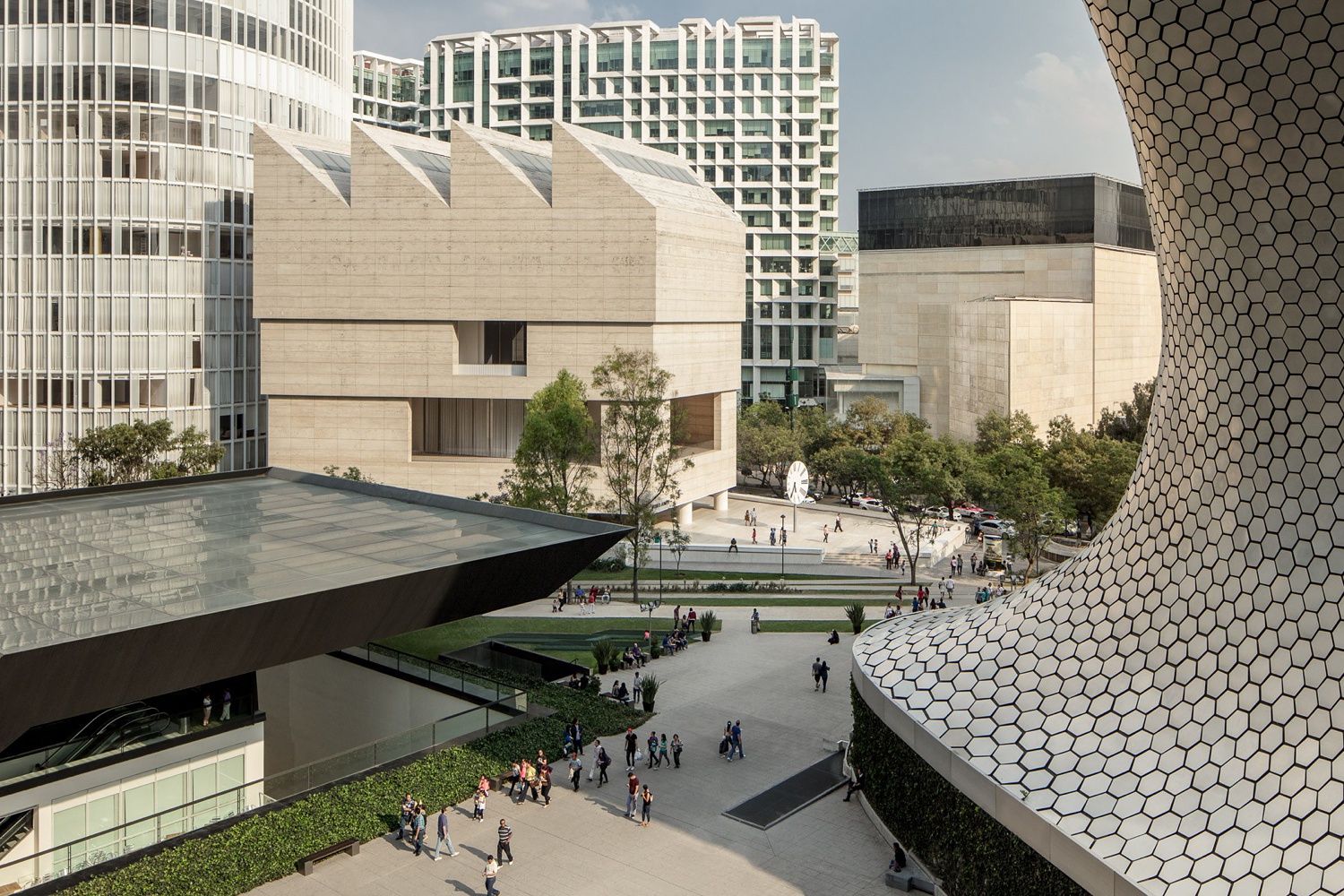
That’s incredibly insightful. What a masterful process. So, when you take on a new job, what kind of prep work do you do? Do you feel it is important to be knowledgable about the space that you are shooting before you start working, or do you show up and shoot on the fly?
I definitely don’t show up and shoot. Going back to the time and taking a slower approach, I always prefer to do a walkthrough beforehand. I just shot a really amazing library in Chicago, and I took extra time to visit it during construction because I was in Chicago coming from another job. It’s an important step of the process for me, to visit the space and walk it with the architect. Renderings, light trackers, blueprints really can’t do a space justice, so whenever possible, yes, in person. Then, when I am actually shooting, I use the walkthrough and the discussed shots as my guide, but I don’t limit myself to a set number of images or angles. You always have to be flexible and open to what you couldn’t anticipate. Feeling the space on that day, watching people, the light, etc, and letting those things guide the photography more than anything.
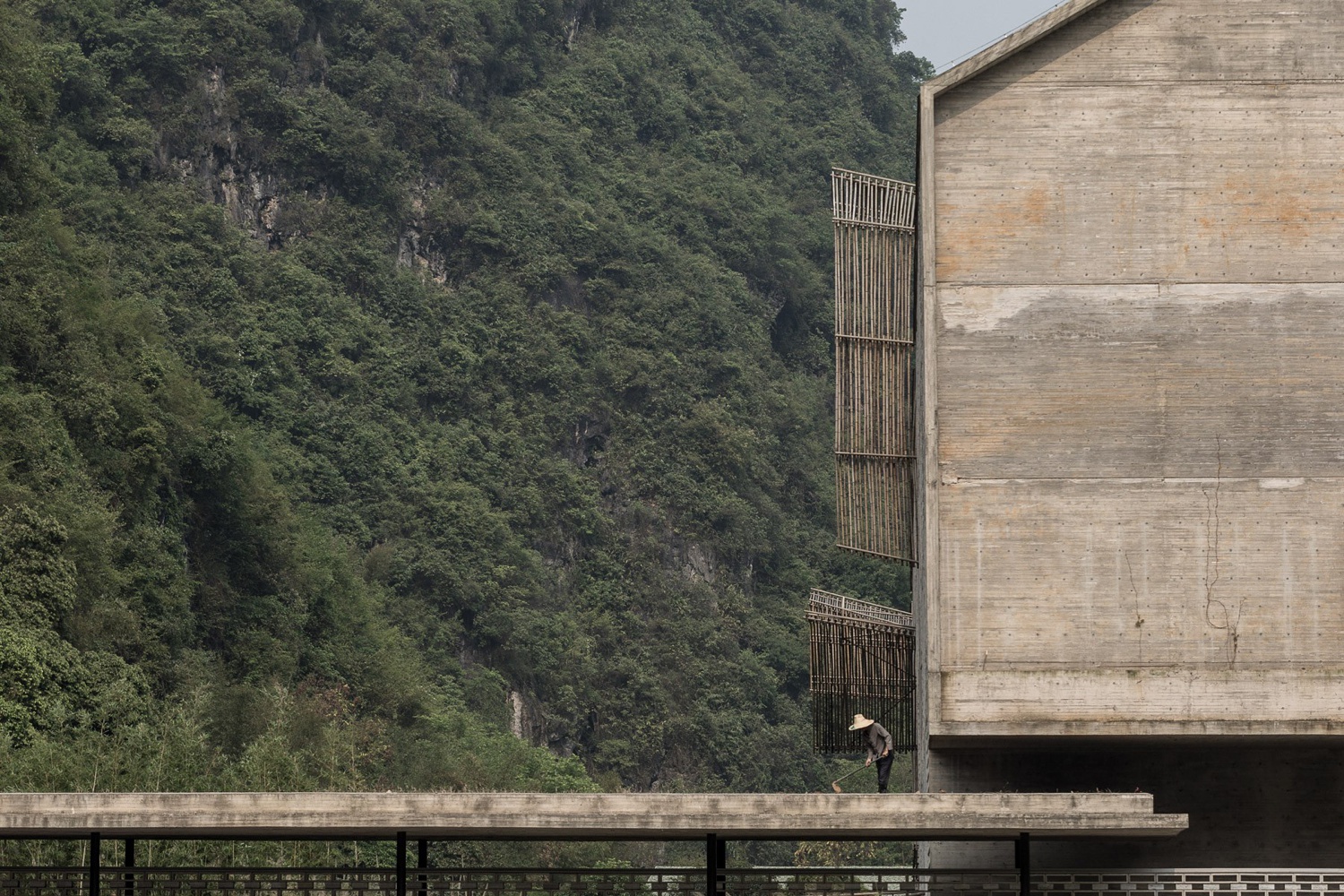
Speaking of your travel gigs, do you charge different rates for clients in different countries?
Every job is so unique. I have a base rate that I begin with, and then it’s adjusted according to travel time, logistic issues, or any specific needs the client has beyond the basic scope. I really dislike the idea of just sending out standard pricing when I’ve never actually shot two jobs that are the same. I also find that if the project is worth investing the time to learn more about it beforehand it is typically much more my type of project.
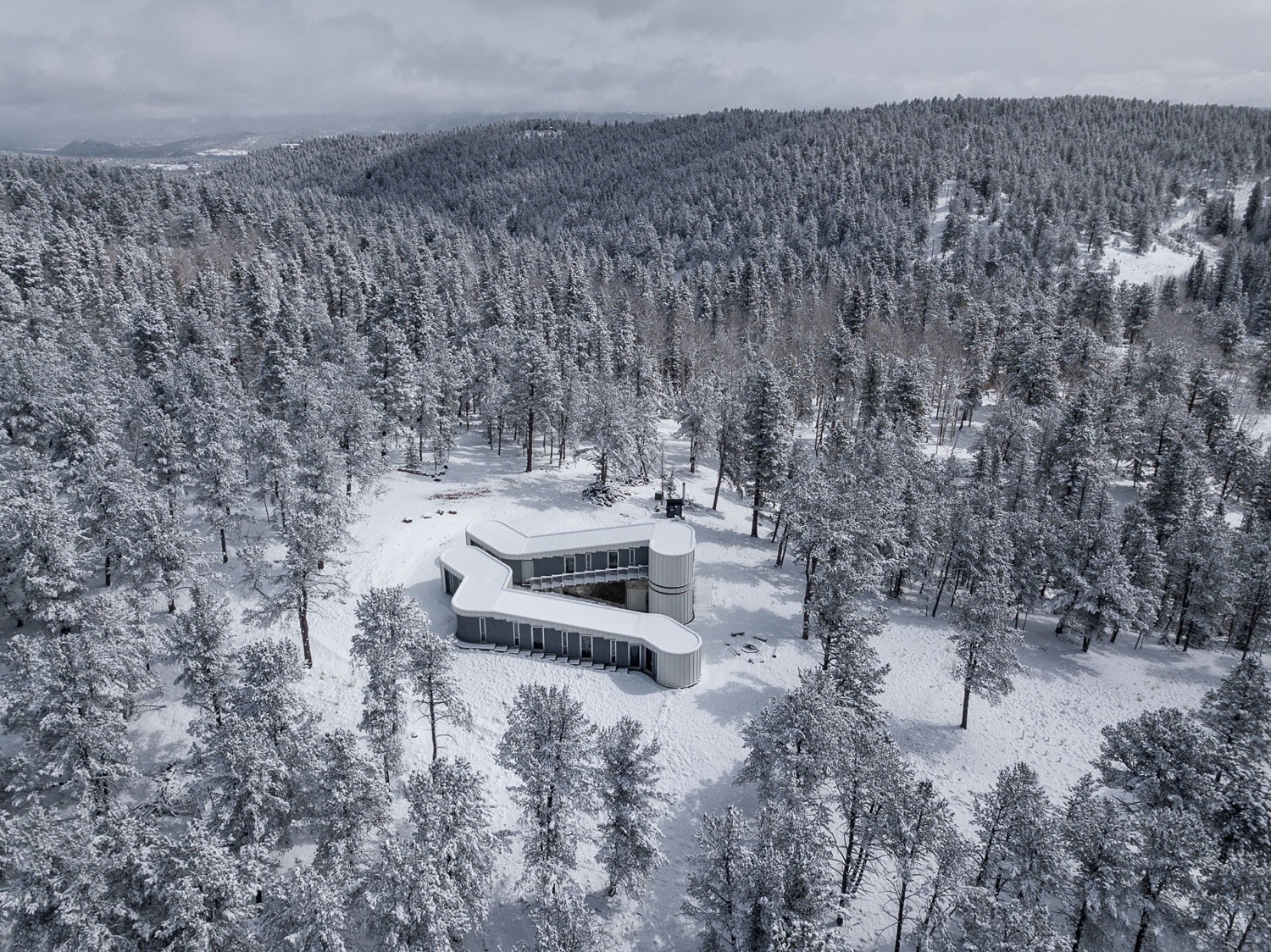

Legend has it that you work in -29F windchill, deal with impassable roads, shoot homes in Aspen when it’s actively snowing, and have been on projects with endless rain and wind that throws rocks through car windows. You are regularly shooting in merciless places like Colorado and Patagonia. How do you navigate that? How do you set up your contract and prep your clients expectations when working in places with extreme weather? Is there any gear or tricks that you’ve found handy when dealing with wild weather?
Legend!? I’m not sure about that, but here’s a fun fact — minus 40 is the same in both Fahrenheit and Celsius — it’s where they meet! So either way, you’re very, very cold. Doing anything in extreme environments is quite difficult and takes more preparation and flexibility. Obviously, you need the right gear, and you need to make sure your gear isn’t going to fall apart when it comes time to get out there. Keeping yourself protected, too, is so important. It’s much better to be over-prepared in those situations! Shooting in something like a snowstorm takes time and commitment from both you and the client. The weather doesn’t care about your schedule — so the flexibility really is necessary here.
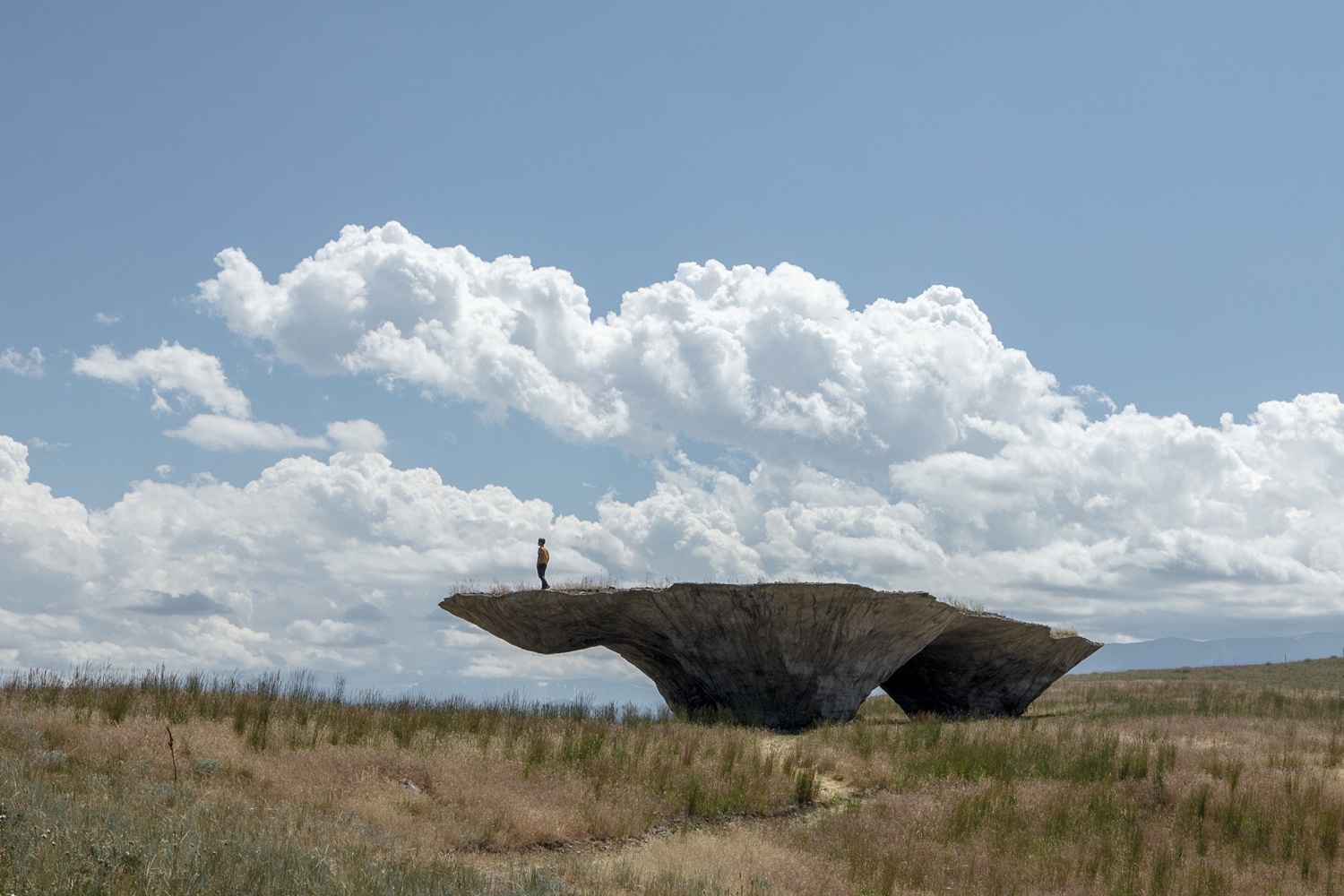
You’ve recently been published in National Geographic. Congratulations! That’s really exciting. I think a lot of folks are curious to know the behind the scenes aspects of working with a large publication like that. Had you already shot the series on Tippit Rise, or did they commission you to? Can you talk to us about determining usage rights and pricing for that sort of job?
Thank you, National Geographic has always been a dream of mine, even as a child. It’s amazing to be a part of that. I was originally contacted by the photo editor after she saw a series of books I published with Divisare on Tippet Rise Art Center. NatGeo is an institution, so they’re very upfront right off the bat about their usage needs and rates. They were easy and wonderful to work with.
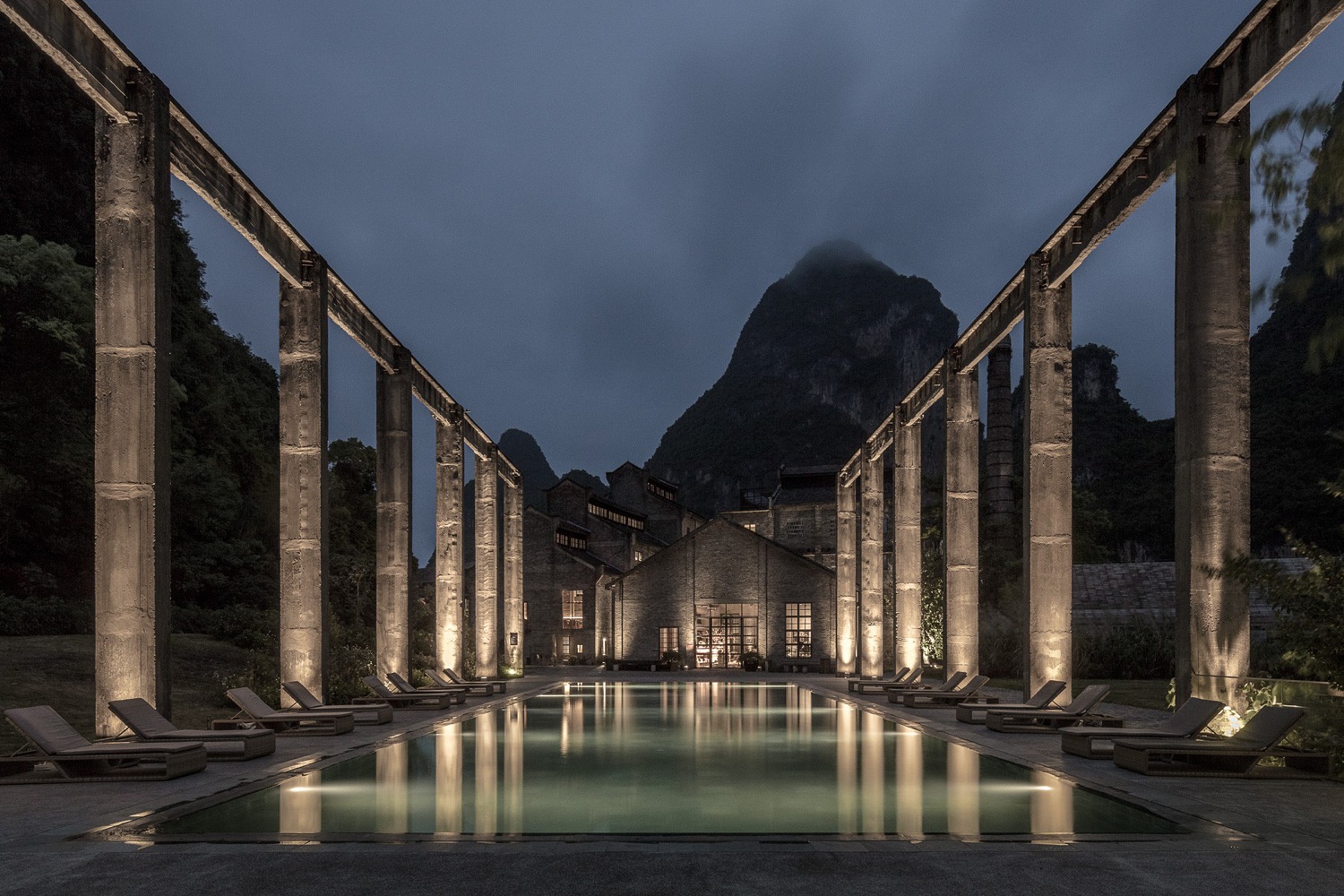
So, what is the mark of a successful shoot to you?
This is fairly complex: On a basic level, editorial work needs to flow together with the layout and the story, and commercial shoot needs to meet specific needs and be adaptable for marketing, website, etc. On a deeper level, success is much more about when the resulting images have a deep feeling to them and affect the viewer strongly. To make someone pause and really look, to think, and feel — especially in today’s world — is more important than ever. Of course, I want the client to be satisfied as well, but I also really like to include some sort of image or vision they didn’t expect, to surprise the client with their own work, then it’s a successful shoot. I work to do this through not being tied to a shot list and having the time to explore in the moment. That to me is really rewarding.
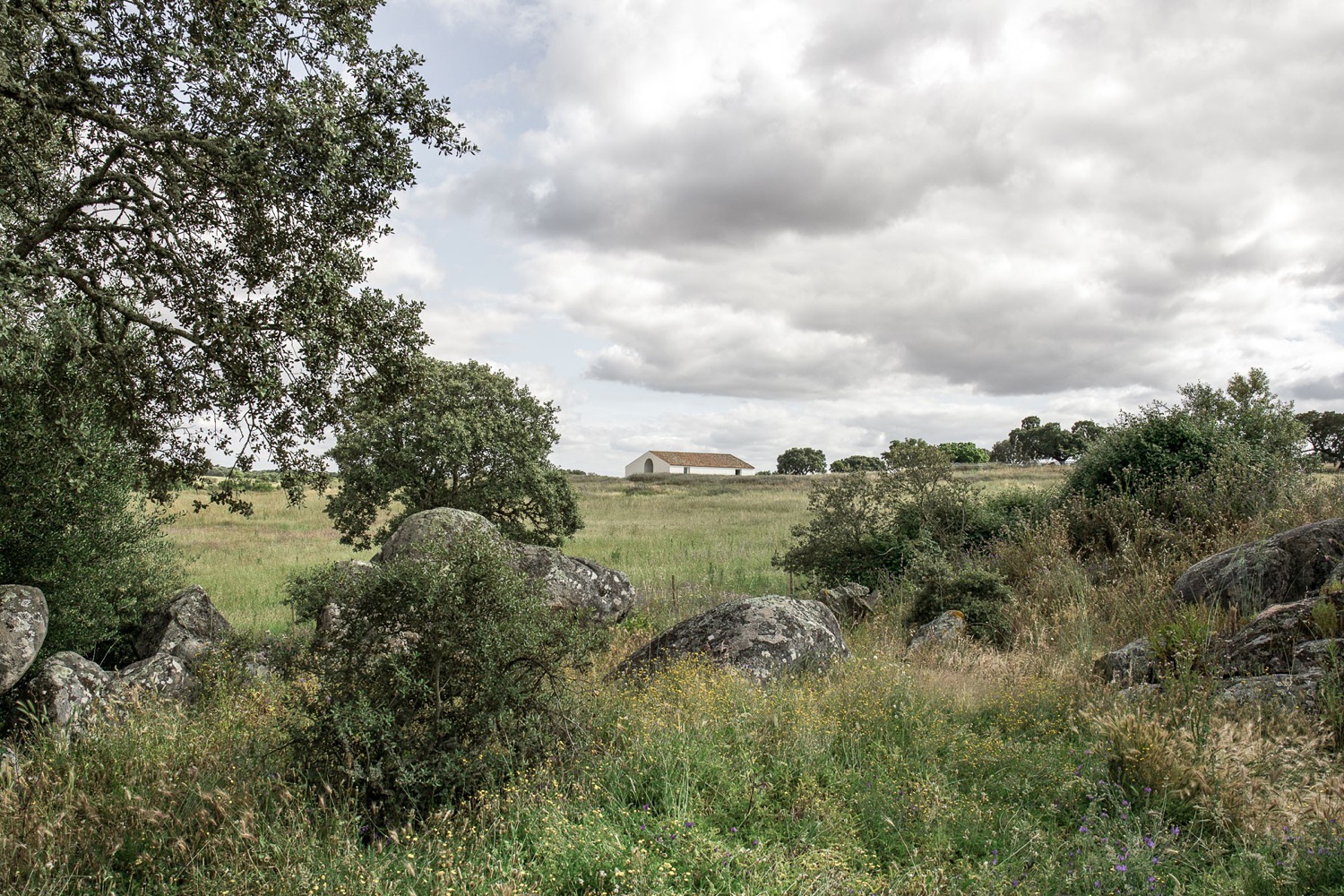
For all the gear nerds out there, what’s in your camera bag?
When you are shooting around 190 to 210 days a year you need to have the best gear possible — other than that I’m definitely not too much of a gear nerd myself. If I am shooting digitally I am using a Canon 5Ds or a 5D Mark 4, RRS tripods, Arca Swiss heads, and for my film work I’m usually shooting with a Mamiya RZ67 or a 4×5 field camera.
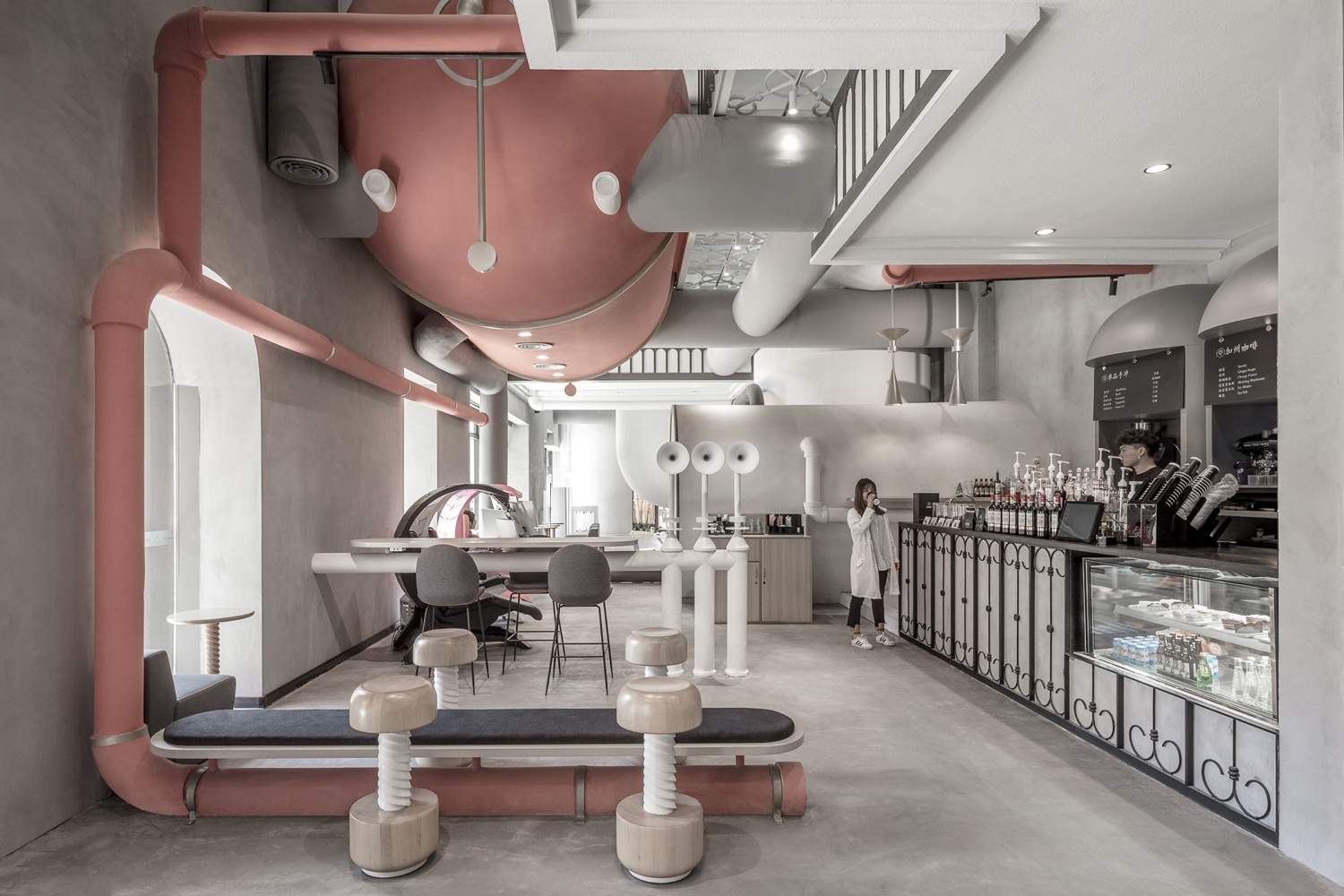
Do you do any kind of continuing education? How do you stay fresh and ever evolving?
Besides keeping up on basic technical advances which I honestly find fairly boring — but very necessary — I try to invest a decent amount of time with my mentors and also with other types of artists. I’m currently doing a documentary project with a Japanese potter and sculptor, and I’ve learned so much through him. He is a real master and so naturally I am learning much more than how he throws a pot or fires, technically, a kiln, etc. For example, the patience to work on and wait five, six, seven years to finally finish a piece — to finish it only when it is truly right, only when it is done — that is an amazing lesson! I believe going completely outside of architecture has been very beneficial to evolving my work. It’s also really important to have a variety of projects — personal or commission — of varying lengths. So at any given moment, I’m working on short, medium, and long term projects. They could be anywhere from four to five years to a few days. I can see very clearly how some of my longer projects have directly helped me on shorter shoots and then sometimes it is just great to be able to pivot when stuck and turn to something else that you also love and are invested in and can move forward on. I believe the personal project is one of the most important ways to grow, learn, and evolve. On a personal project, you get to see what you really want to shoot and create without any restrictions — I love the freedom and experimentation that allows! It’s so easy to stay in a small bubble or repeat a well-learned style again and again, especially in the architectural world, so breaking out of your routines is essential.
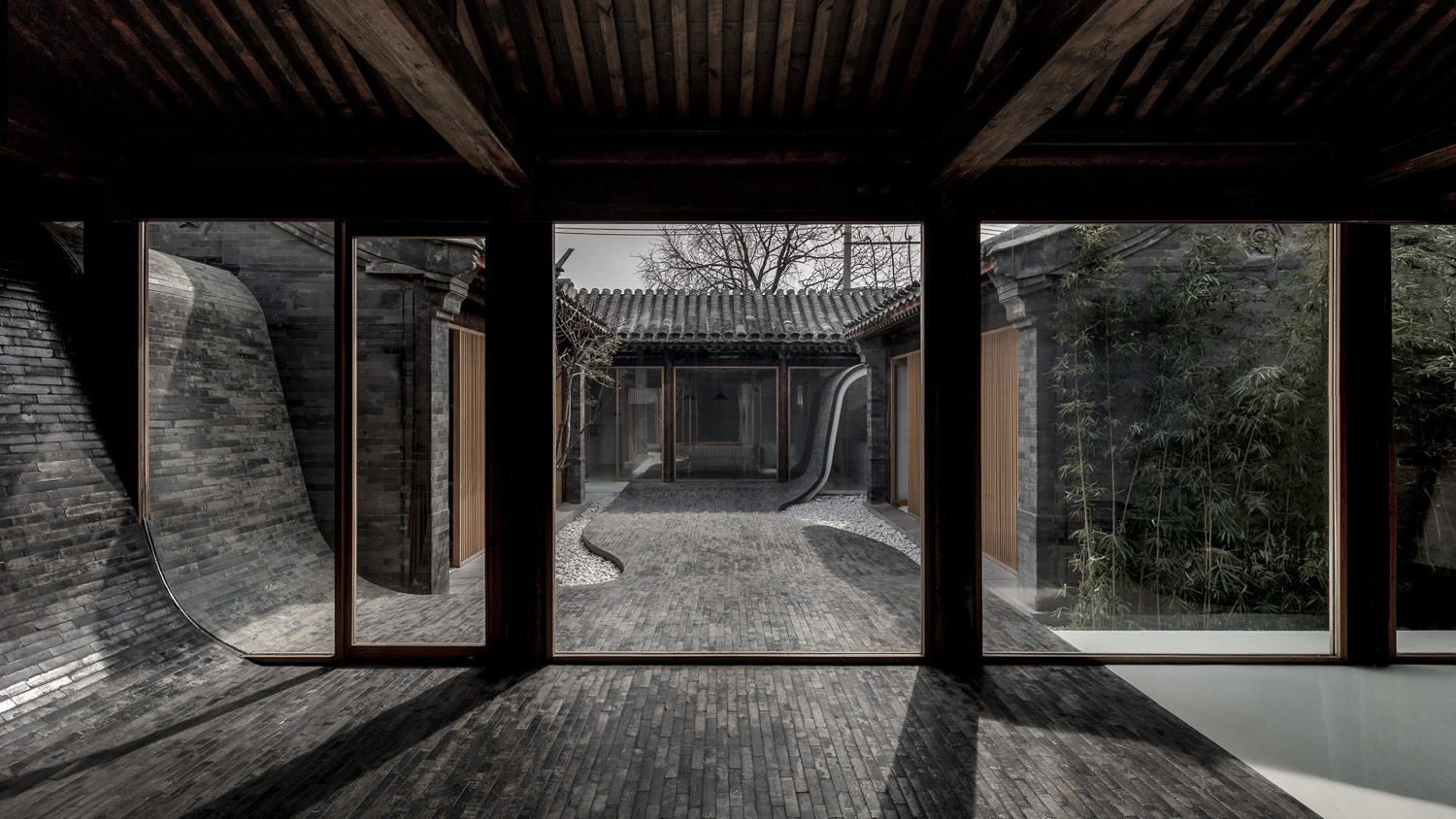
A huge thank you to James Florio for taking the time out of his travels to speak with us about architectural photography. To see more of his incredible body of work, check out his website: jamesflorio.com or his Instagram @jamesfloriophotography.
